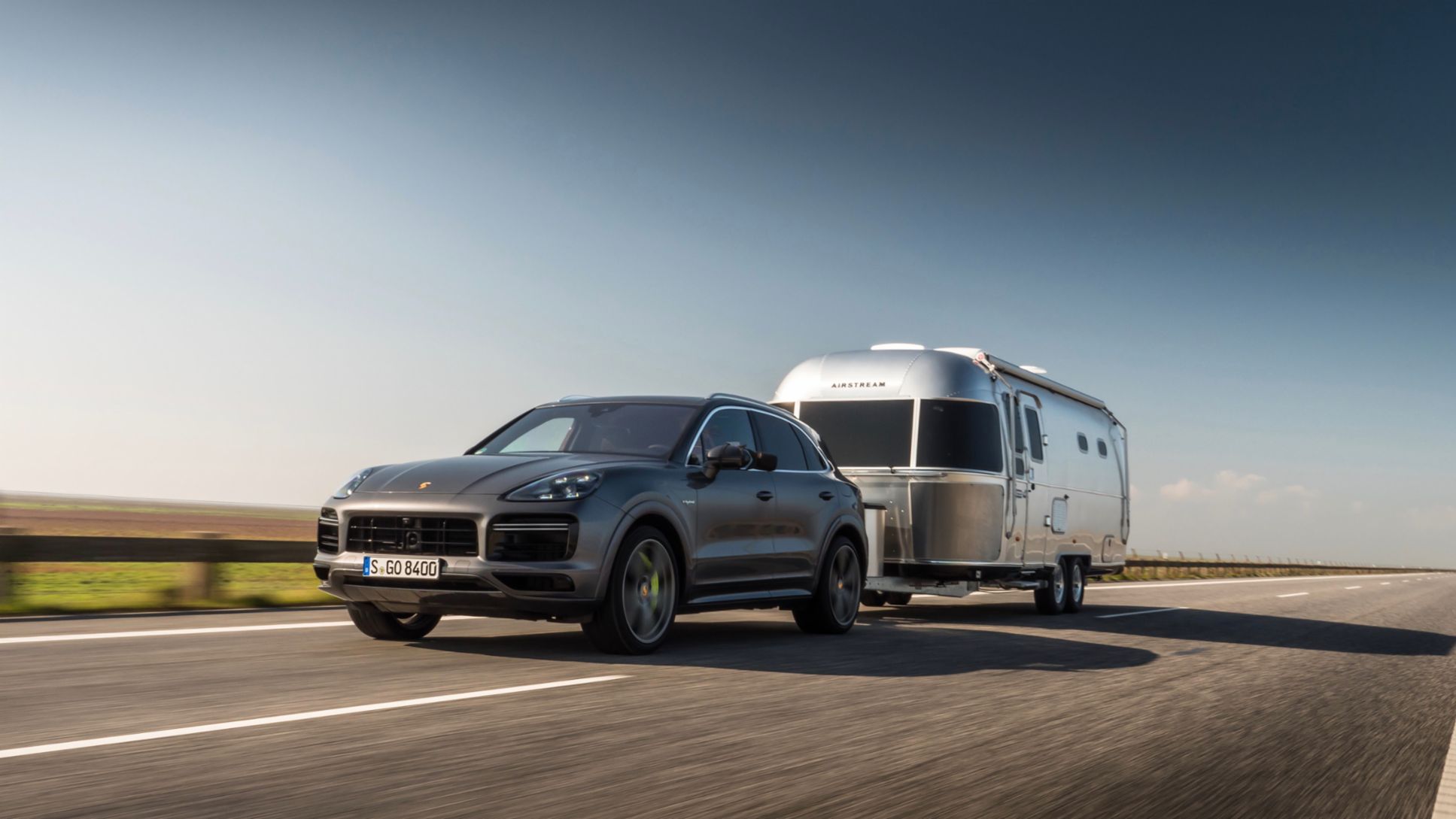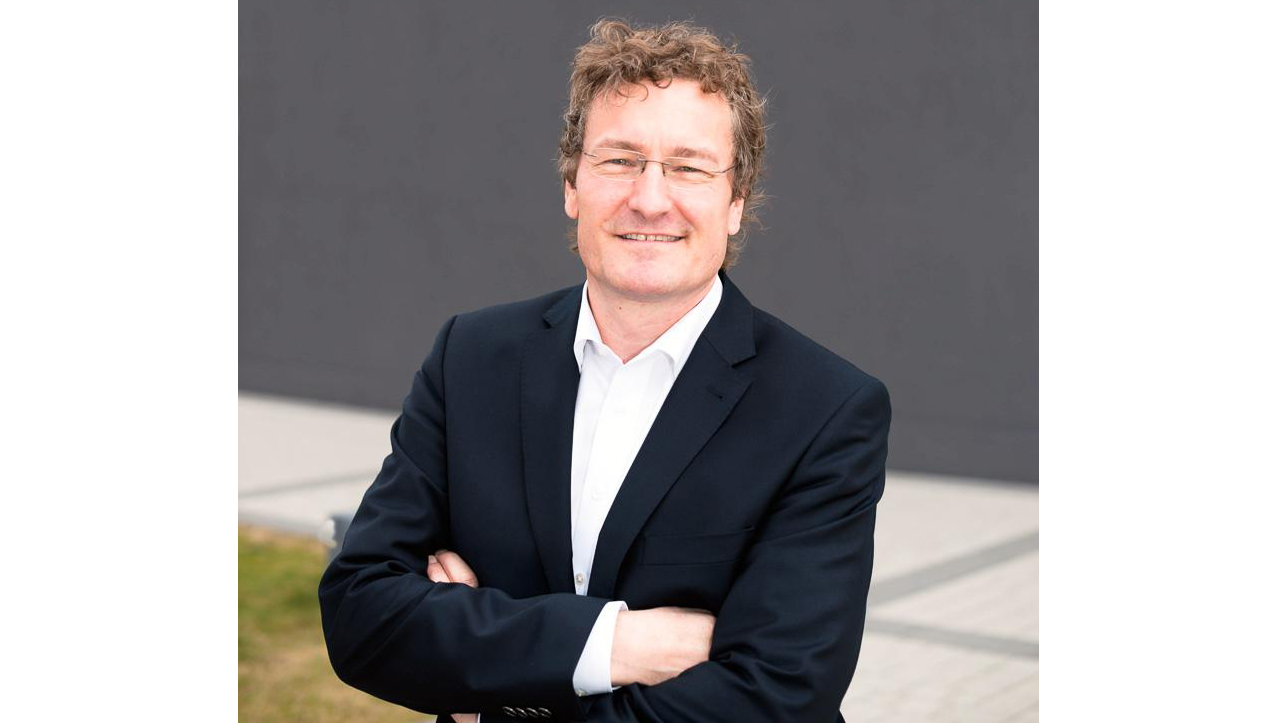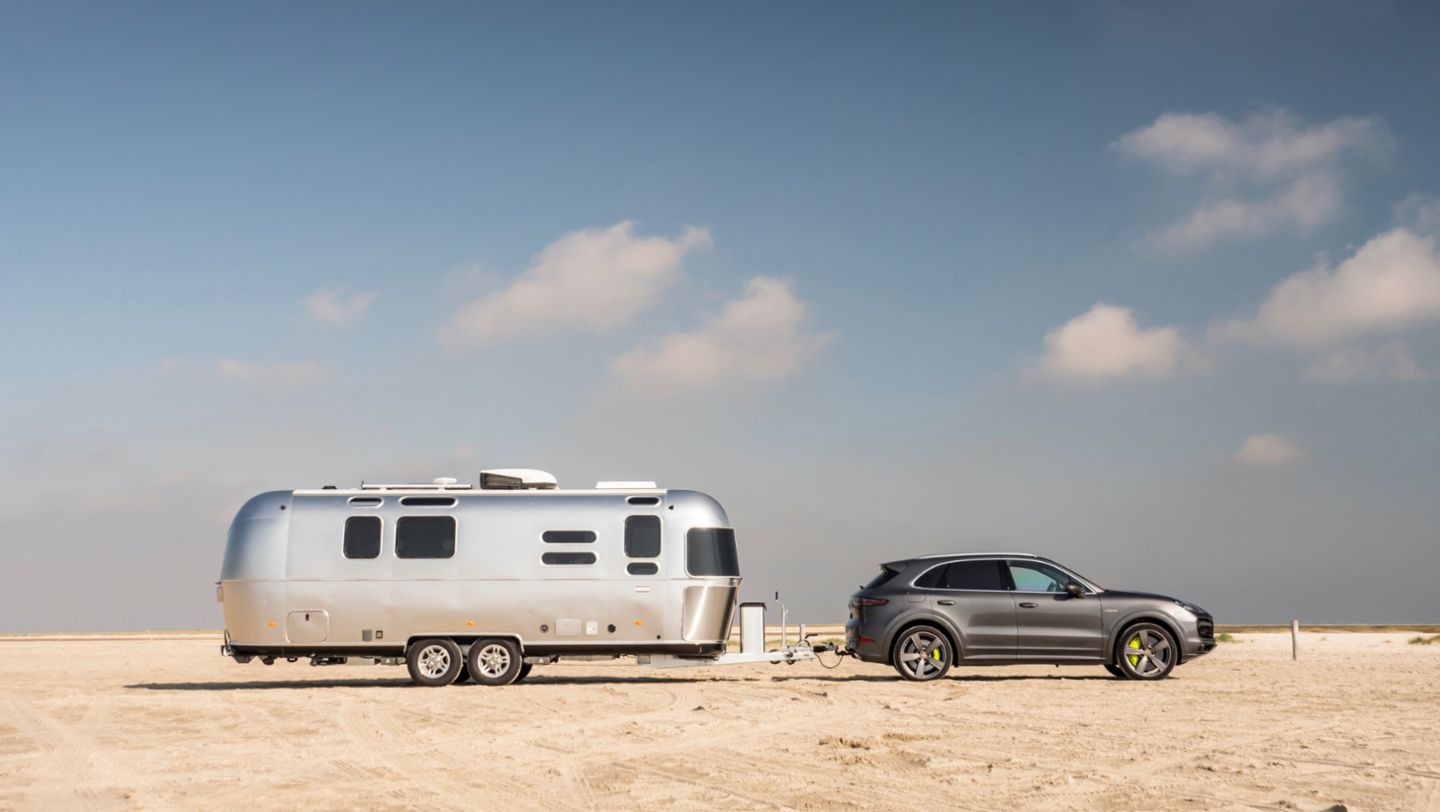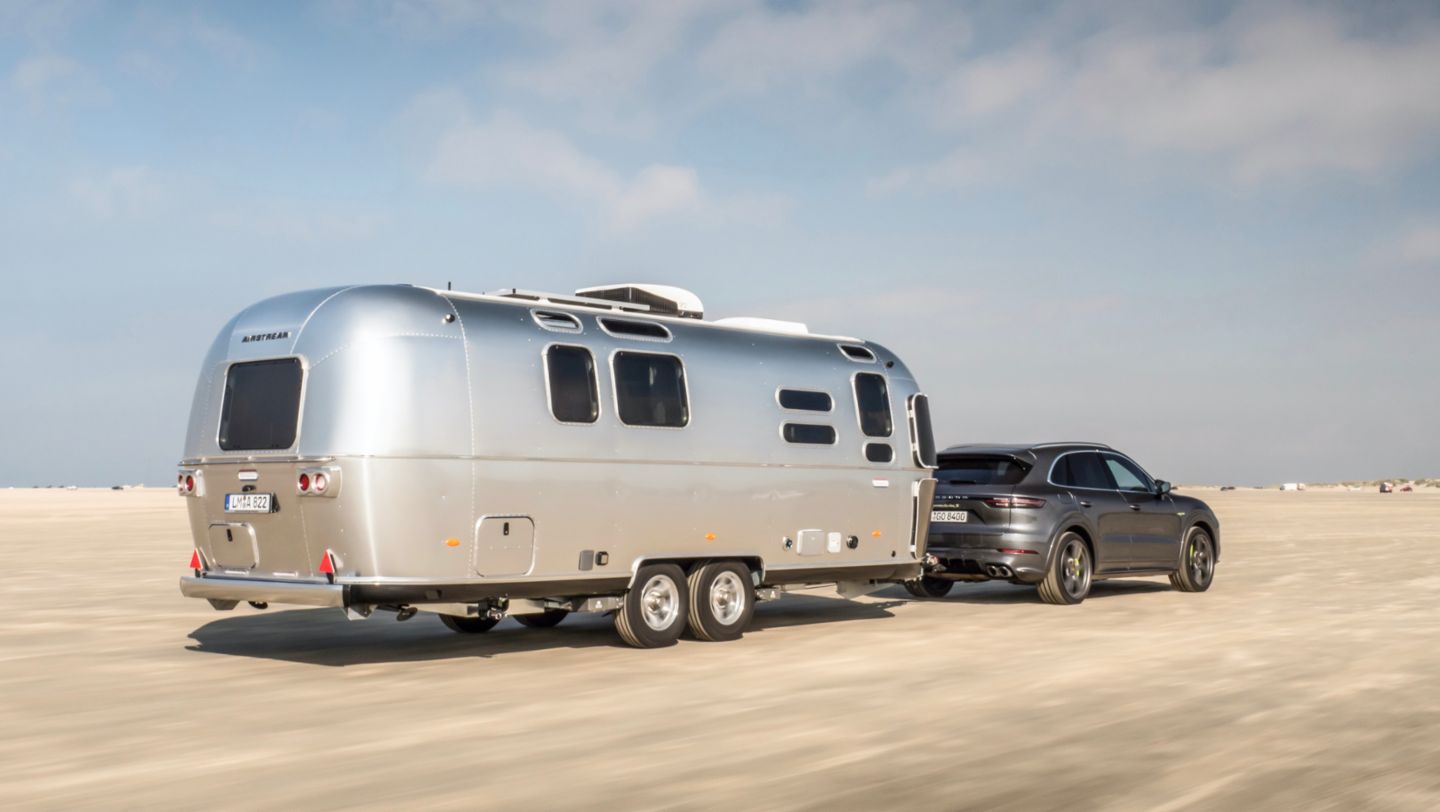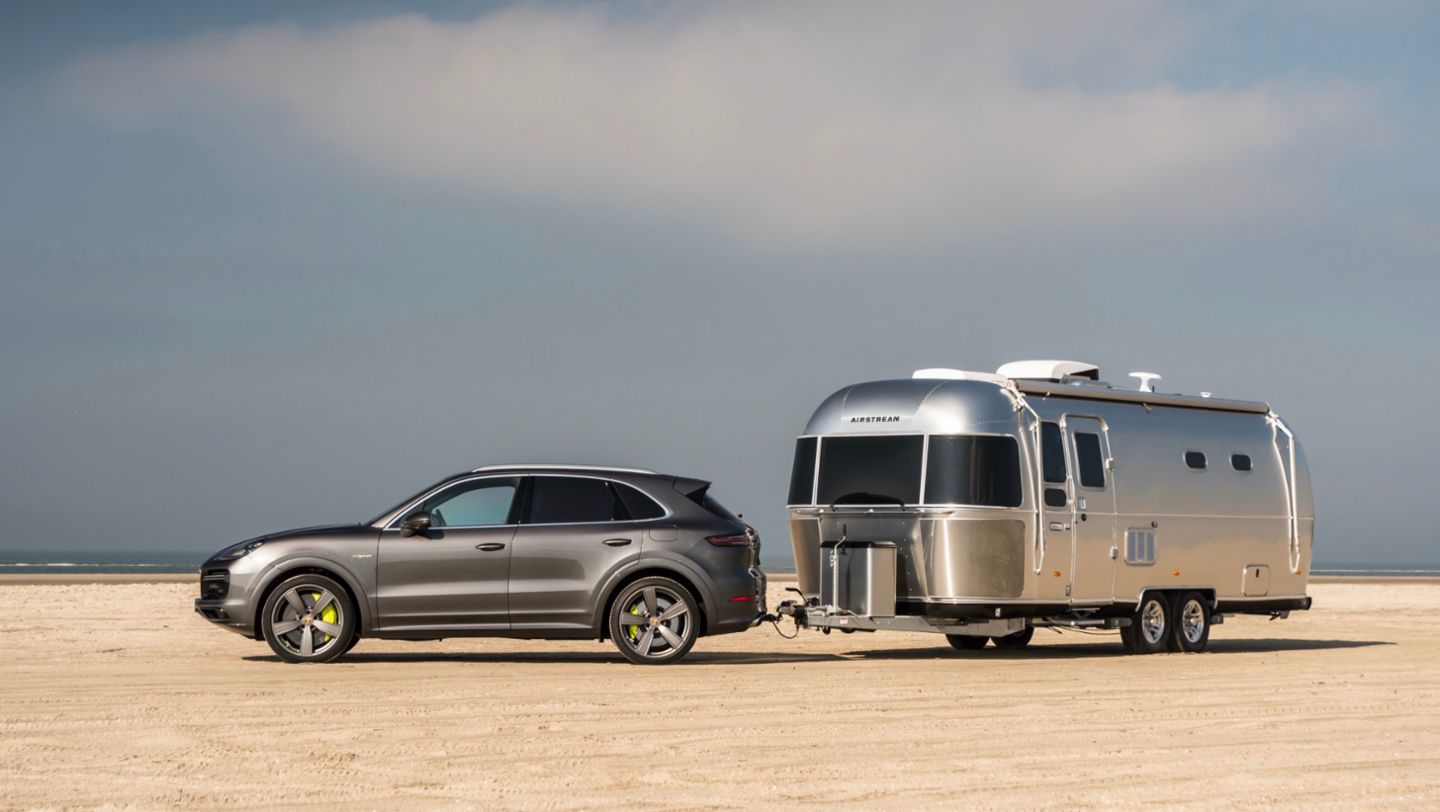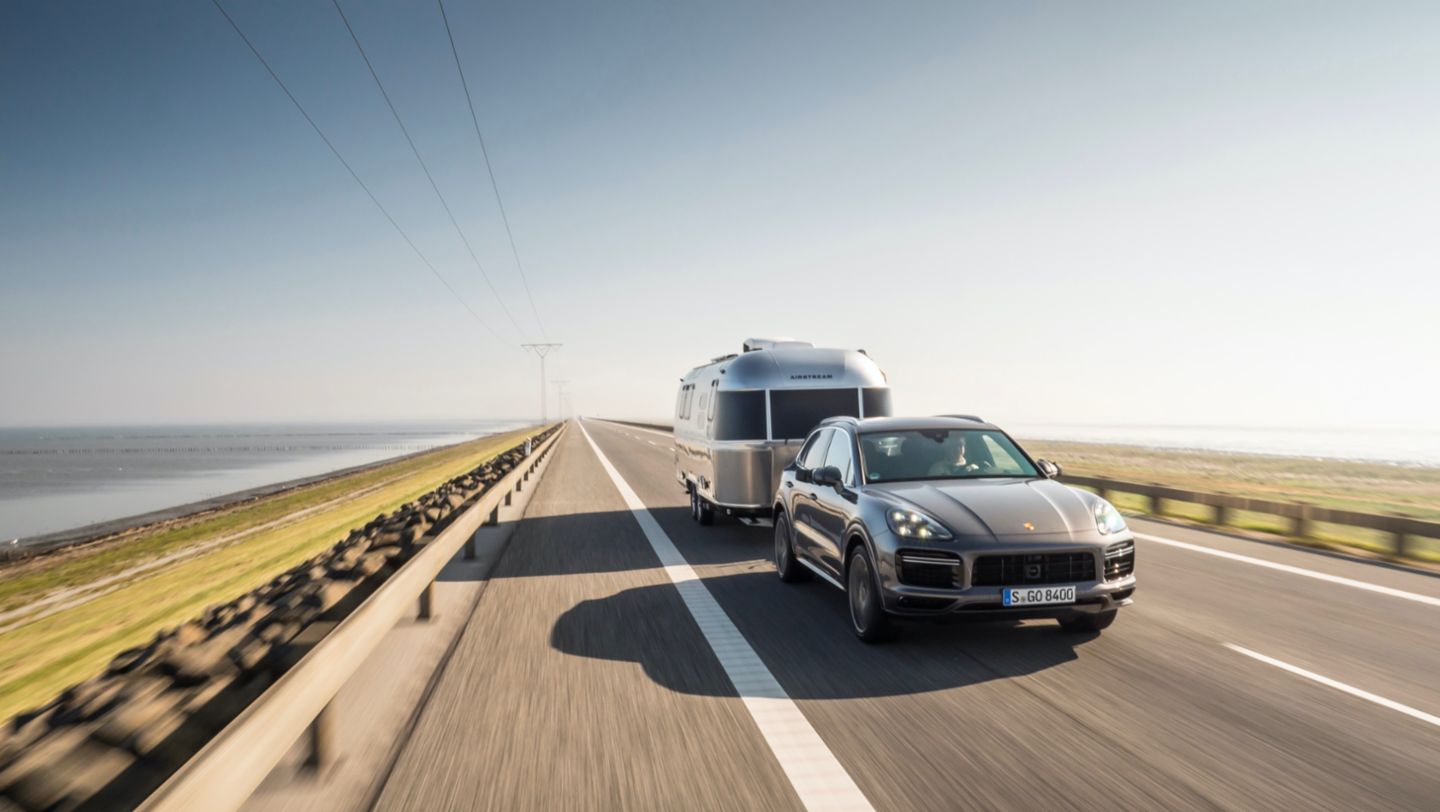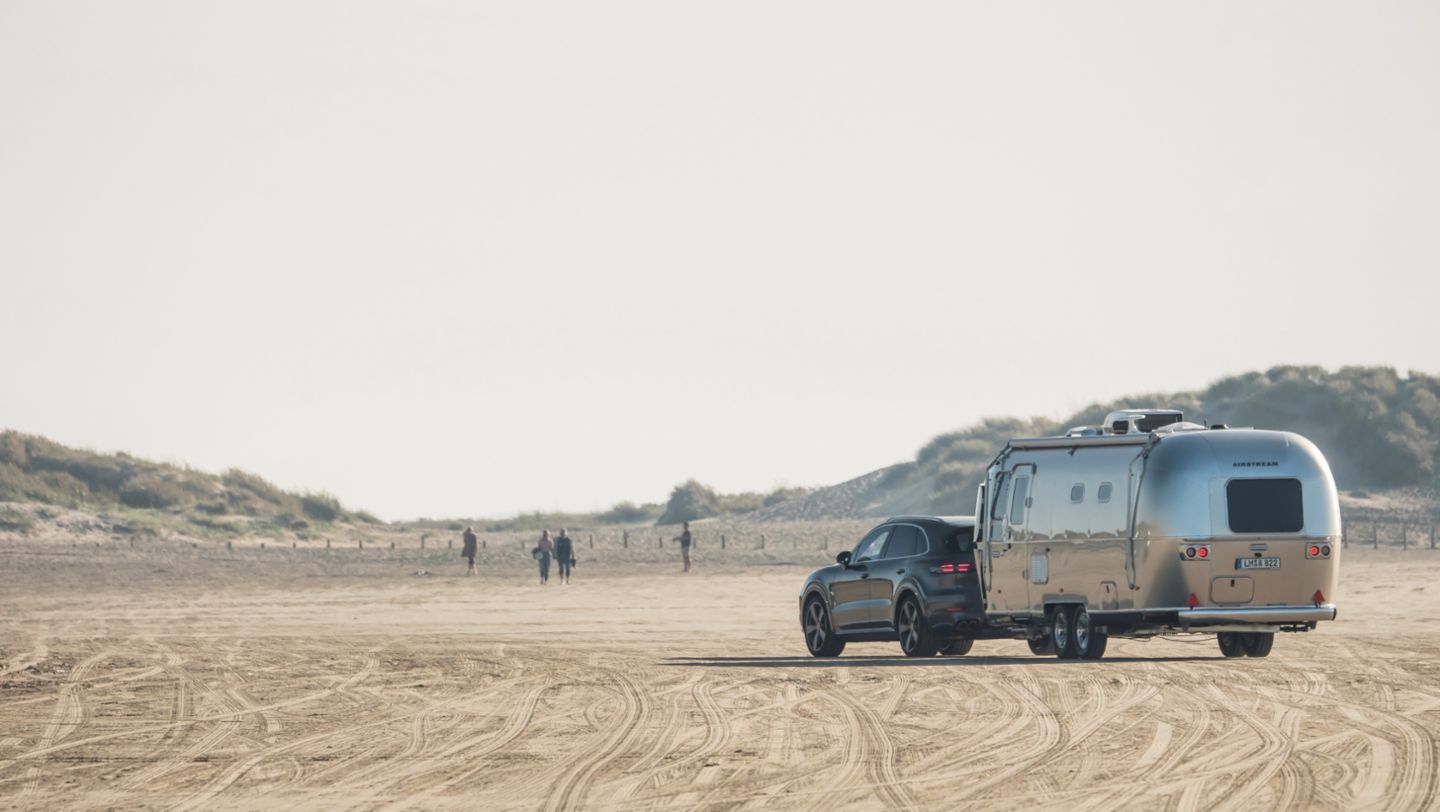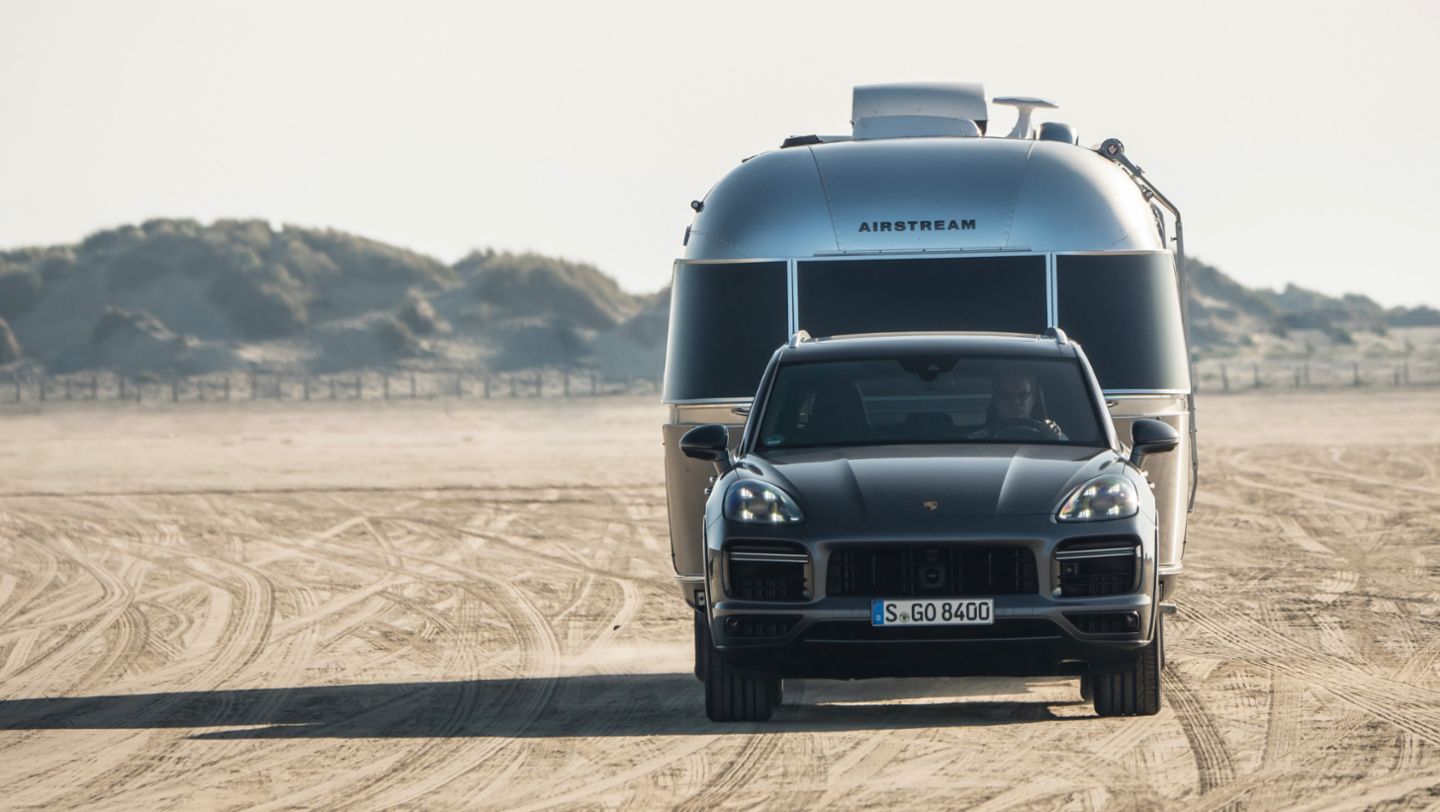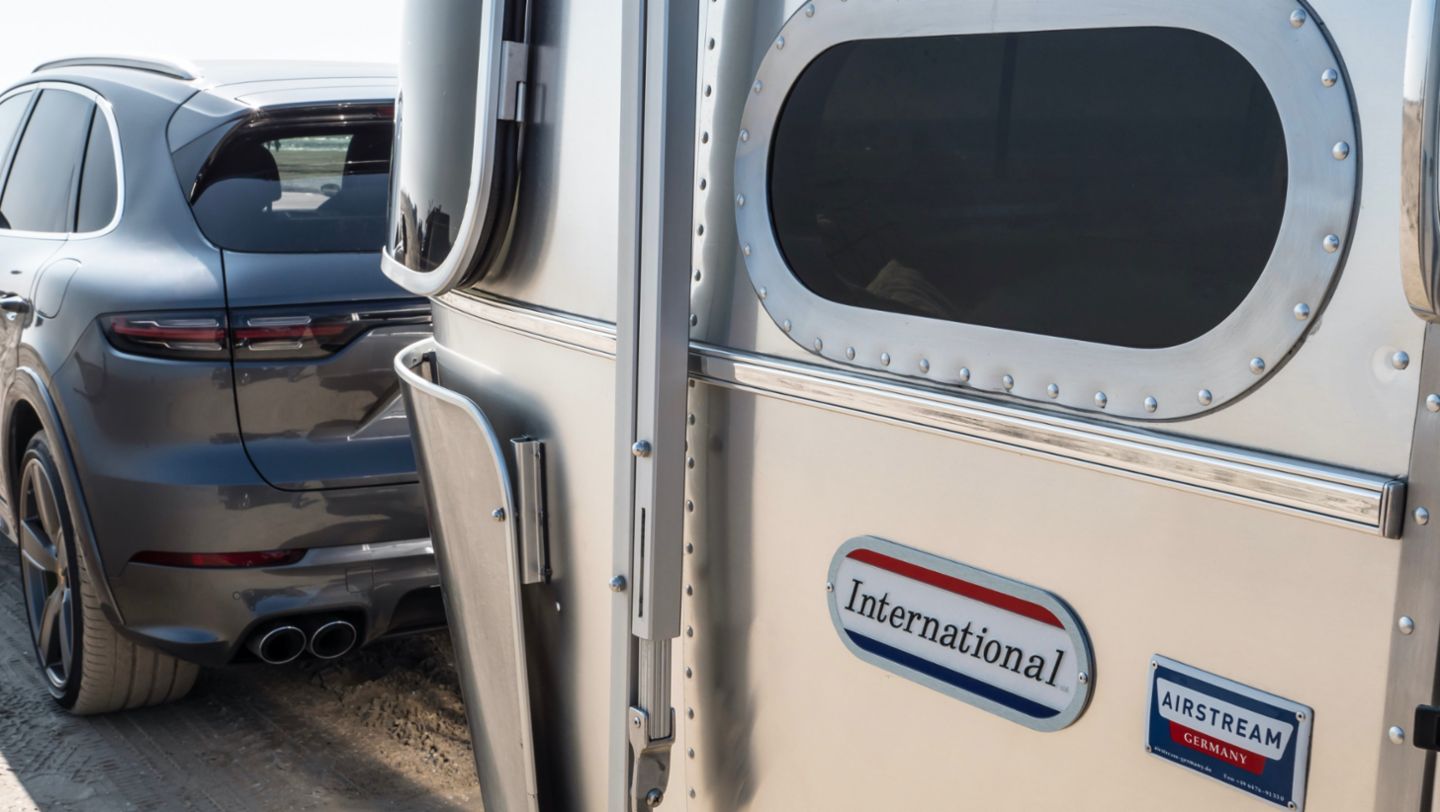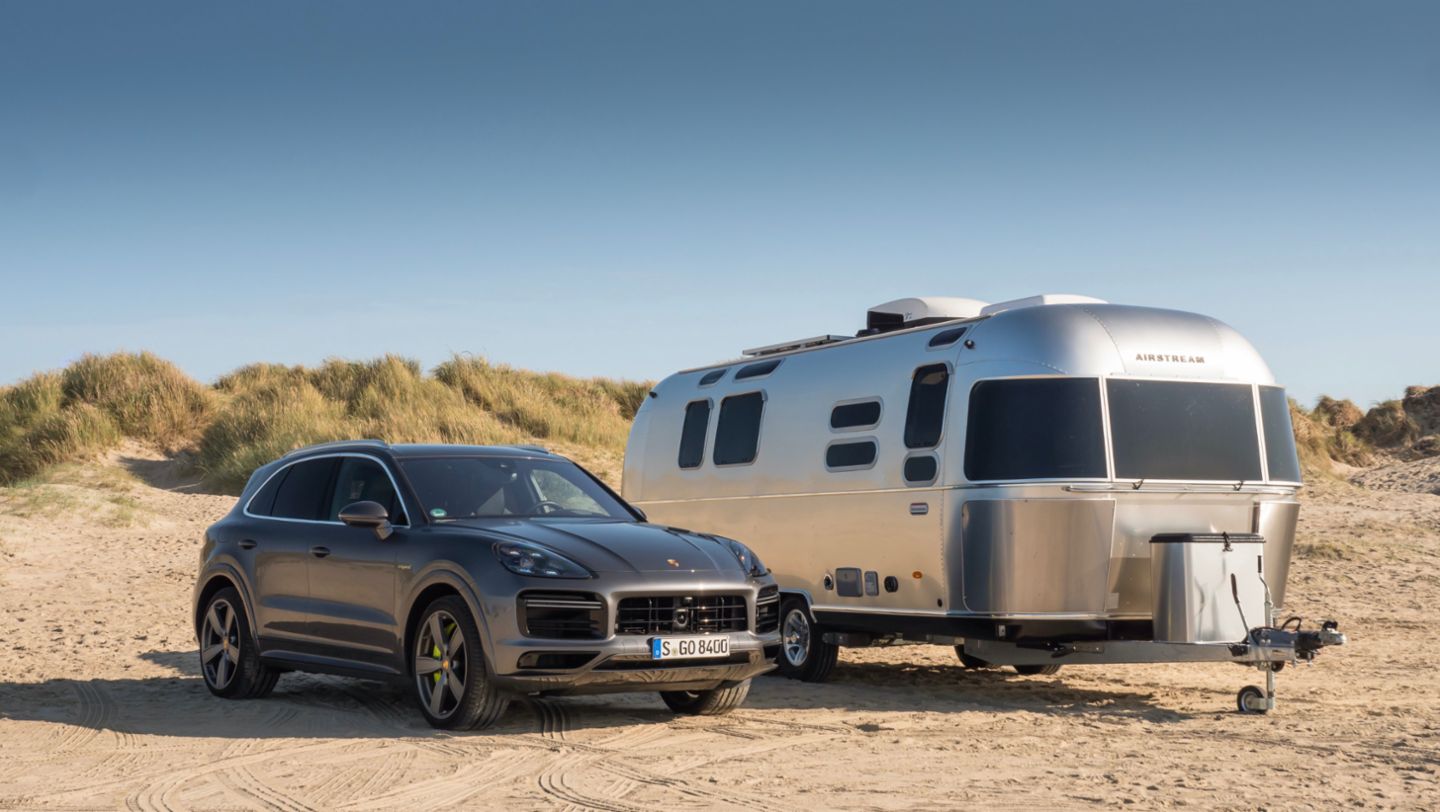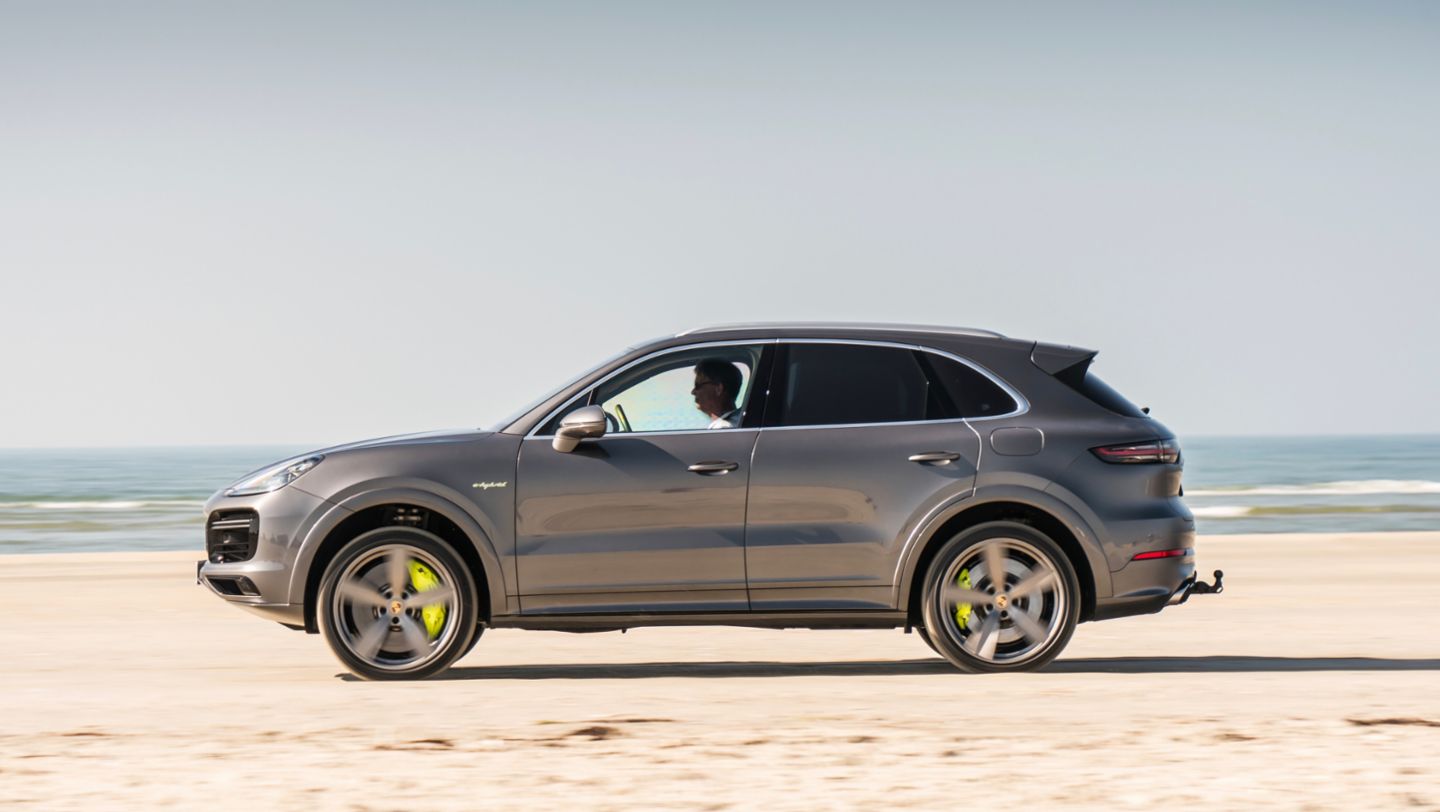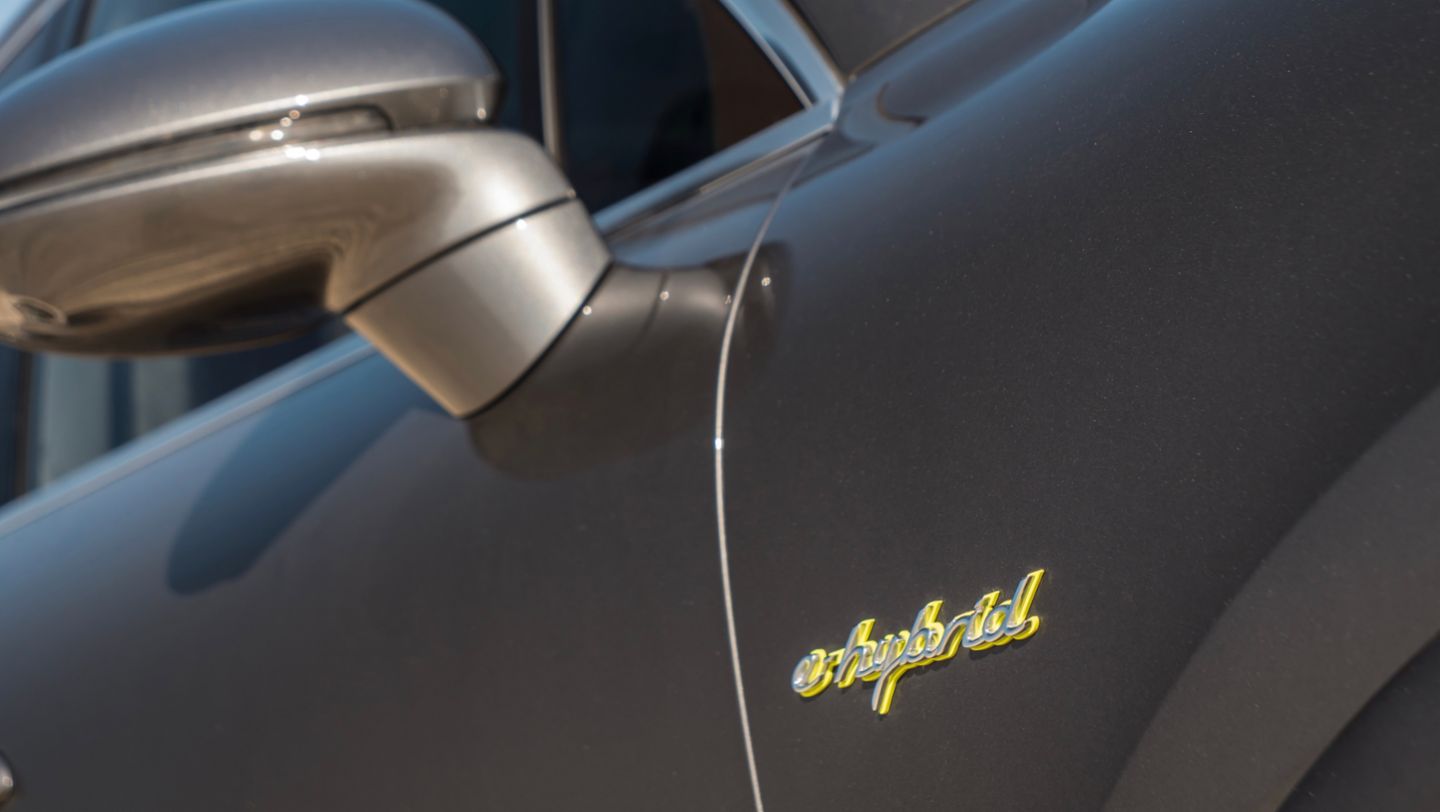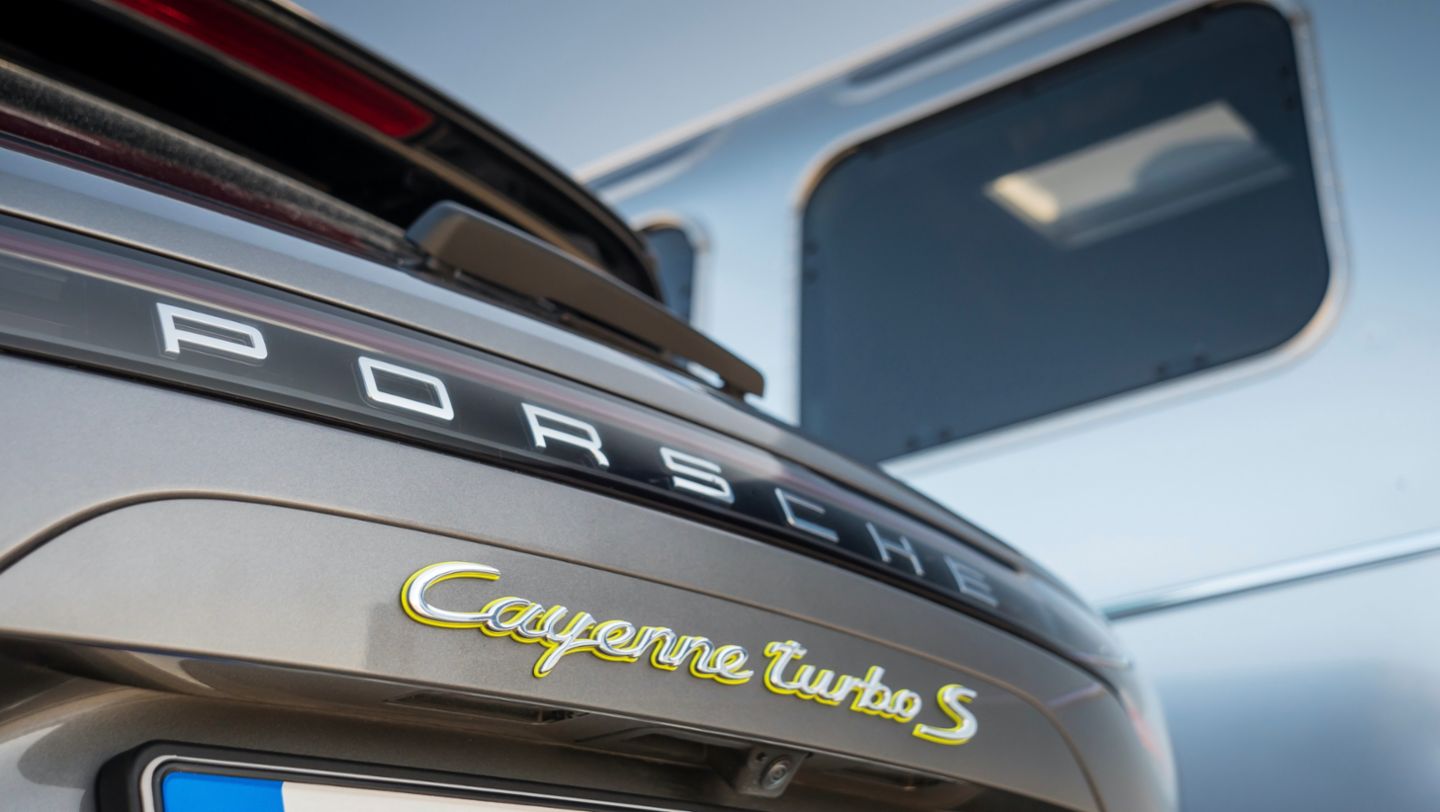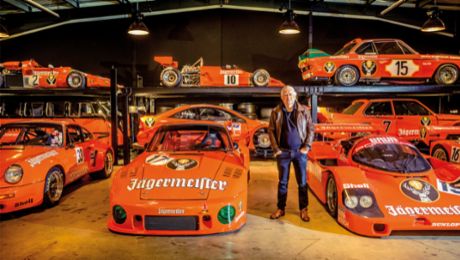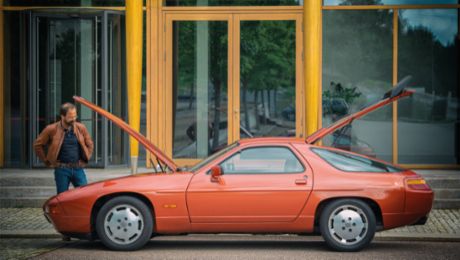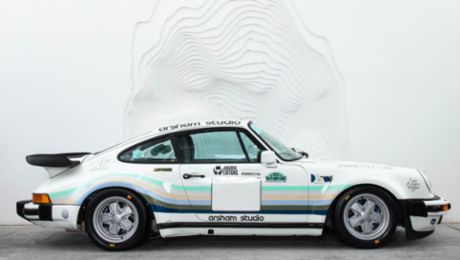The effects of the coronavirus pandemic have been hard on many areas of industry – perhaps none more than the tourism sector. But as people swap air for road, a leading expert in international travel says the crisis will have a silver lining for the environment.
“Sustainable and land-based tourism will be the big winners,” says Professor Dr. Christian Buer, the Head of Tourism and Hospitality at Heilbronn University near Stuttgart. On a beautiful sunny morning, at the wheel of a Porsche Cayenne Turbo S E-Hybrid with 8.25 metres of Airstream 25IB gliding along effortlessly behind, it is difficult not to agree.
“Camping and caravanning were really affordable and popular in the 1970s and right through to the rise of the all-inclusive package holiday in the late 80s. Today, we are seeing those same people coming back to it, but with more money, so now it’s more glamping than camping, exactly like with a Porsche and an Airstream,” explains Buer. “Mark my words: the next boom for tourism in Germany will be on the highways and with caravans.”
As those with wanderlust seek safe ways to get their fix, Armin Heun, the managing director of ROKA Werk, which imports the iconic Airstream “silver bullet” travel trailers into Germany from the U.S., has never been busier.
“We normally build up a stock of trailers ready for the summer but they all sold out within a matter of weeks when the coronavirus crisis hit. For years, we’ve seen steady growth – say 10 per cent year on year – but all of a sudden we were seeing a completely new kind of customer competing to buy our stock and then, when they all sold out, our demonstrator models. These are people who normally travel long distance, with a big budget, to beautiful places in the world. Now people want to know that they can just get in their car and go somewhere new whenever they want to – and come home whenever they need to.”
“Mark my words: the next boom for tourism in Germany will be on the highways and with caravans.” Professor Dr. Christian Buer
Since their beginnings nearly 90 years ago, Airstreams have become one of America’s most iconic products. With their gleaming aluminium curves, looking to all intents and purposes like the fuselage of an old airliner missing its wings, they have found themselves in the background of countless moments of U.S. history. They have been owned by politicians and Hollywood actors and one was even used as the quarantine facility for NASA’s Apollo 11 astronauts on their return to earth. Still built in Jackson Center, Ohio, with the same construction methods of hand-riveting that they’ve always had, the interiors are now more boutique hotel than trad Americana. Huge curved windows let light into a spacious interior, with every amenity you could wish for, from WiFi to air conditioning and microwave to wet room shower.
It turns out that silver is also green. Back to Armin Heun: “70 per cent of Airstreams built since 1931 are on the road and those few that aren’t are nearly 100 per cent recyclable. You also find if you spend any time in an Airstream that your consumption of water and energy goes down considerably. A few years ago, the average person used 155 litres of water per day. In an Airstream, we find that 20 litres is plenty as you don’t have easy options to waste water. You use energy differently too and you can even run the rig off-grid using just the solar panel on its roof if you’re careful. And, a really clever car like a Cayenne Turbo S E Hybrid can do more than 80,000 km towing an Airstream for less CO2 than a family of four needs to fly return, in economy class, from Frankfurt to New York.”
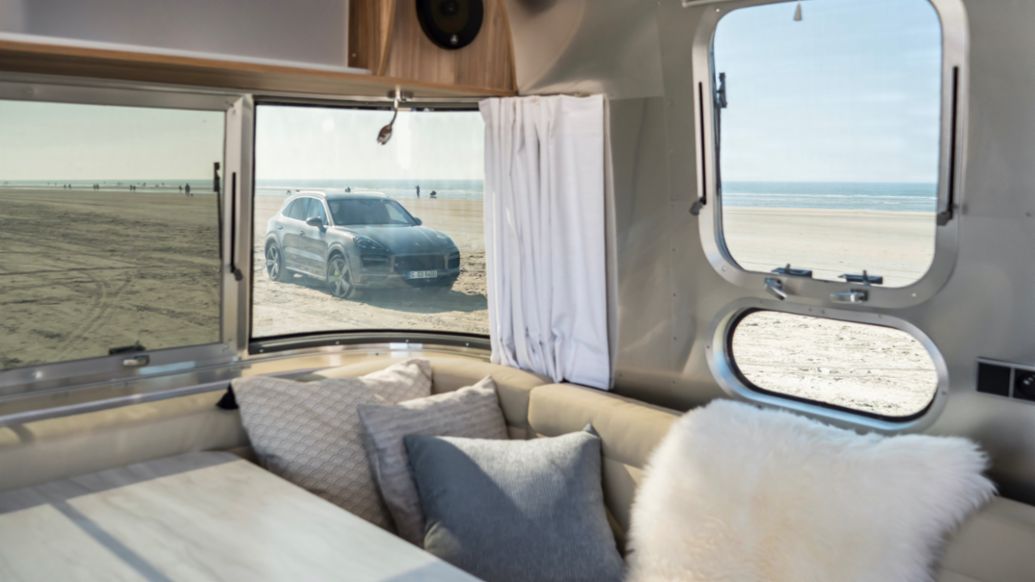
Instead of flying, Buer believes that ‘bodengebundener Urlaub’, or ground-based holidays, will be here to stay. “Generation X has already seen the world. They don’t need to go on aeroplanes to see new things. We also have very good tourism infrastructure nowadays within easy driving range of home. And people today feel a sense of insecurity with regards to their health as well as where they are allowed to travel and whether they will be easily able to get home,” he says.
“It is the relationship between actions brought about by these subjective and unmeasurable feelings of insecurity and the thought that what you are doing is sustainable that is important. People are travelling more on the road than by aeroplanes because of the combination of both, taking their own cars because they feel more secure, not being in contact with anyone – and then they say that it is also economically and ecologically sound to do this.
“People will buy products and go on vacation with sustainability in mind” Professor Dr. Christian Buer
“This will bring about a long-term re-thinking. People will buy products and go on vacation with sustainability in mind: just look at the way that sales have boomed recently for e-bikes. I believe Porsche’s move into electromobility is the right one. This is the hour of sustainability: economically, ecologically and socially.”
Back in the Cayenne, its hybrid powertrain making light work of the 2,500 kg of luxury accommodation on its tow hitch as we head away from the beach, it feels like that hour can’t come soon enough.
